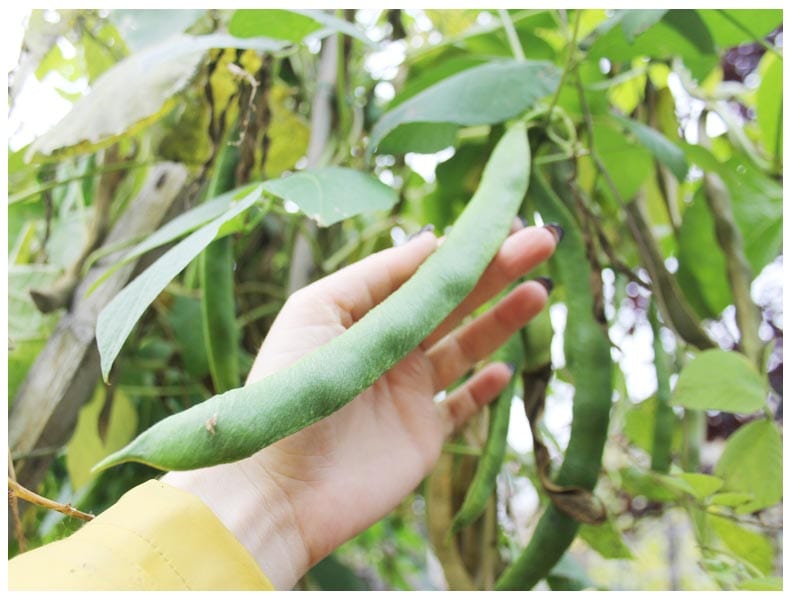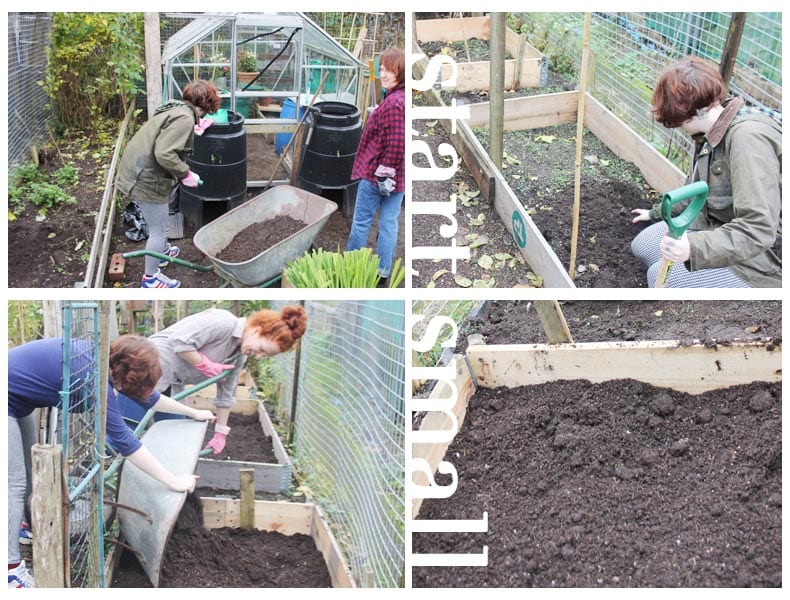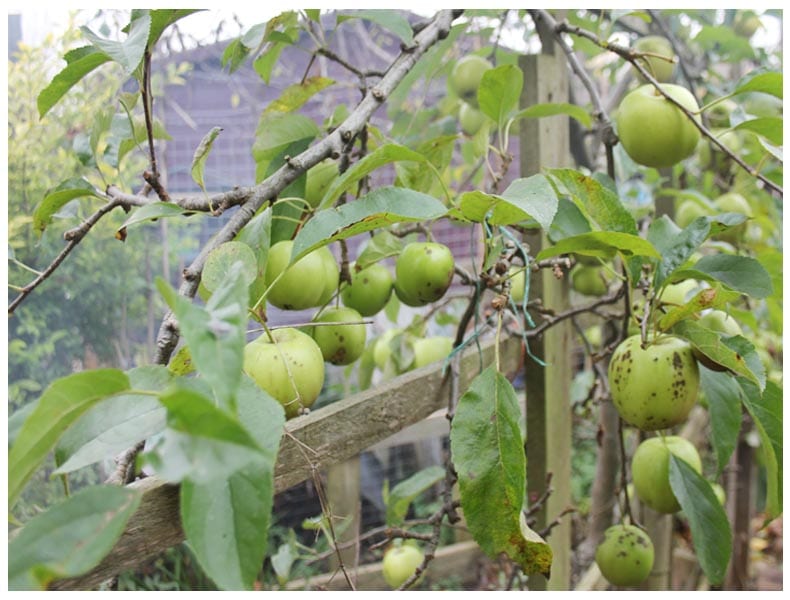Growing your own food can be an incredibly fulfilling experience, and the results can not only be delicious, but save you money. If you’re looking to start your own vegetable patch or rent your first allotment, follow these tips for great results straight off the bat. Here are 5 tips for growing your own vegetables…
If this is your first attempt at growing your own food, it’s a good idea to start small to get a feel for it before dedicating a border of your garden to a vegetable patch or renting an allotment. A perfect way to ease yourself in to growing your own vegetables is by starting off with grow bags. Tomatoes, aubergines, and chillies all thrive in grow bags, whether in a sunny spot on the patio or in a greenhouse. You can fit three vegetable plants in each 35cm x 95cm bag, which contain top-quality compost which cannot become infected by soil-borne diseases. For information on growing vegetables in a grow bag, take a look at this guide from the BBC.
Choose what you want to grow:
What you want to grow determines what preparations you’ll have to make to your garden, so decide on what you’d like to try your hand at before anything else. It’s a good idea at this stage to stick to the tried and tested fruit and veg, such as carrots, onions, potatoes, tomatoes, and runner beans. You’ll be able to tackle more exotic varieties once you’ve gained more experience.
What you’ll be able to grow will depend on the space you have and the climate you live in, so be realistic when choosing what you’d like to plant. It’s a good idea to sketch out a quick plan for your vegetable patch to make sure you have enough room for everything you’d like to include.

Prepare Your Soil
When you know what you want to grow, you can prepare you soil accordingly. Some vegetables, such as root veg, may thrive in well-dug and well-composted soil, while others may not require that much preparation. Some plants benefit from high-alkali soil, while others enjoy acidic conditions; some need watering, feeding, or composting frequently, while other plants prefer to be left to their own devices. Make sure to do your research before planting up your vegetable patch so you know exactly what conditions your produce will thrive in.
Plan Ahead
It’s crucial to get your timing right when growing veg, so a bit of forward planning is essential for a successful vegetable patch. Allotment Garden have a great reference chart which shows when to plant and harvest commonly grown fruit and veg, so use this to plan when you’ll need to perform certain tasks. It’s a good idea to schedule everything long in advance so you get your timing perfect, which will give you the best yield possible. A garden planner, such as this one from Amazon, is perfect for this, while the more technologically minded may prefer to use Google calendar, which will send notifications directly to your smart phone reminding you of scheduled tasks.
Be Patient:
The most import attribute a successful gardener can have is patience. Once your vegetable patch is set up, it won’t take much hard work to maintain, but there will be a lot of waiting involved. The worst thing you can do when growing your own food is to try and rush the process by digging up your produce too early, so remember to sit back and give nature time to run its course.
Keep these tips in mind when starting your own vegetable patch or renting your first allotment and it’s sure to be a success.
Christine







Leave a Reply